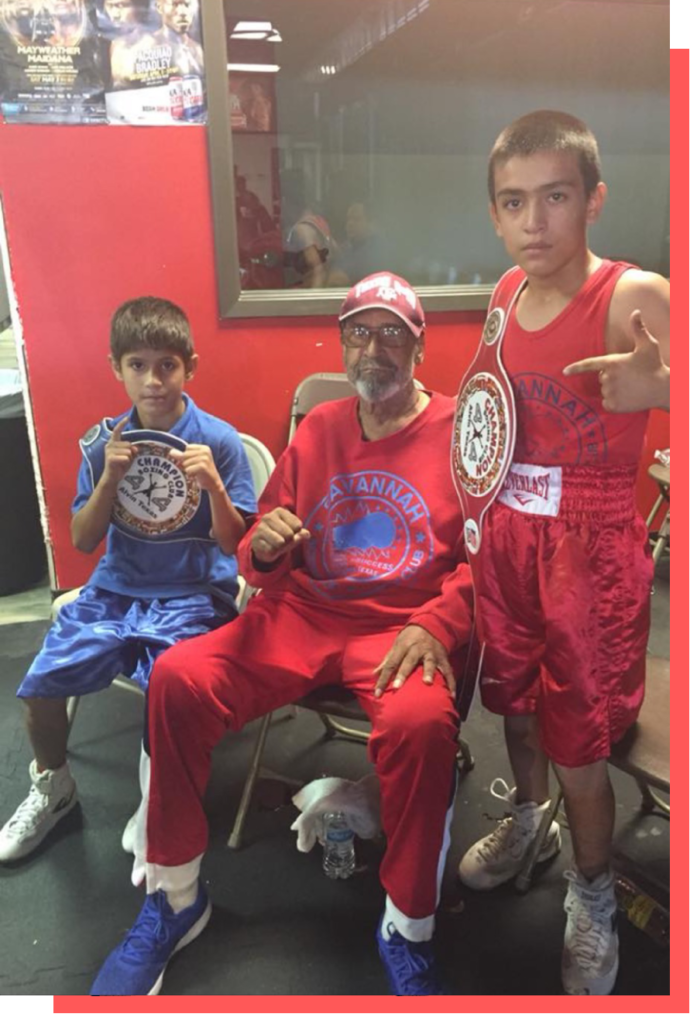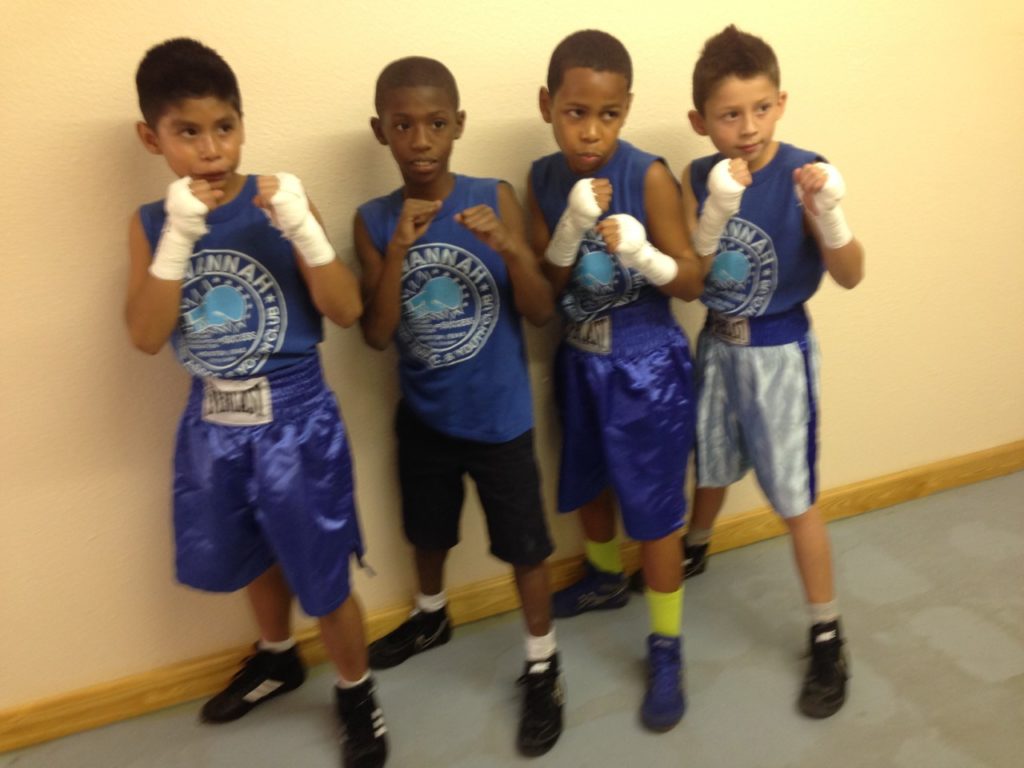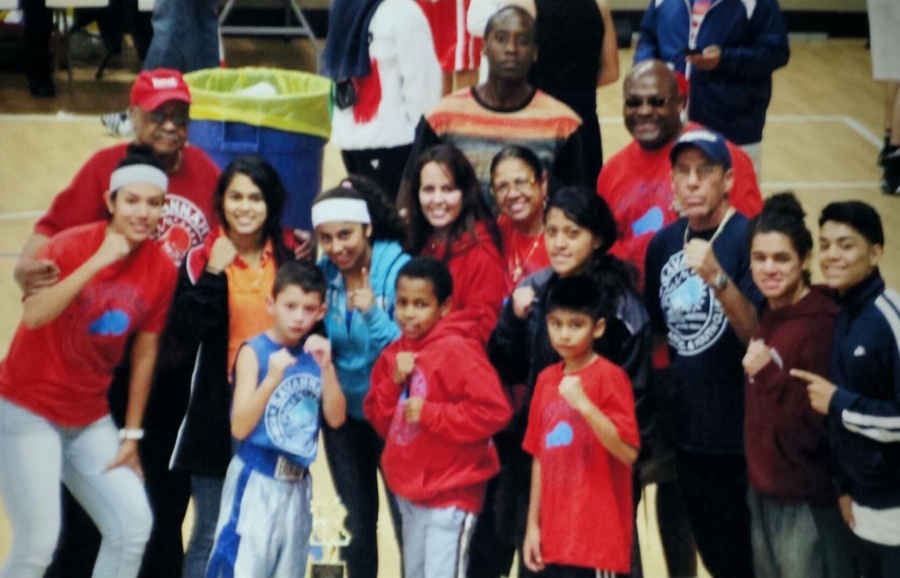


HBBCC Mission

GOALS OF HBBCC TO CONTINUE SPORTS PROGRAM
An estimated $1.5 billion was cut from school sports budgets during the 2017-2018 school years. This was on top of the estimated $2 billion cut during the 2016-2017 year.
• Currently, 40 percent of school districts nationwide are charging fees to participate, known as “pay-to-play”.
• School sports participation is suffering: more than 80,000 fewer girls participated between 2017 and 2016; boys’ sports participation grew slightly, but at a substantially smaller rate than in previous years.
• In 2016-2017, four key trends emerged illustrating the state of school sports: slashed budgets, increasing fees, eliminated opportunities, and growing inequities.
• Emerging data for the 2016-2017 school years indicates that these trends will worsen.
• Cuts are being felt in all areas of the country, whether traditionally affluent or disadvantaged.
• Low-income communities and families are doubly impacted by fees and budget cuts as there is often less money available for districts to trim and few alternative opportunities for youth to play sports.
Like countless other communities across the country, the school board in many States recently found itself facing severe budget cuts. In the process of attempting to keep cuts from being felt in the classroom, the district introduced sports fee, which required all participants to “pay-to-play.” As a result, several students from low-income families could no longer afford to play, and only three percent of participating students received scholarships to offset the fees. School board members acknowledged the difficulties such policies create for families but asserted that they were necessary to protect sports from being eliminated completely. Similar scenarios are playing out all over the country, contributing to an estimated $1.5 billion in cuts for the 2016-2017 school years and an estimated 40 percent of school districts charging fees to play sports, or “pay-to-play” fees.

At a time when an estimated 80 percent of school districts are eliminating jobs and making cuts to other vital educational programs, many will argue that sports must also take a hit. This viewpoint is shortsighted. Sports programs are one of the most cost-effective activities that promote positive youth development; in fact, extracurricular activities typically comprise just 1 to 3 percent of school budgets while engaging 60 to 70 percent of students. Sports programs are also unique in their ability to impact health, educational, and behavioral benefits on youth.
Health Benefits:
It is widely known that childhood obesity has reached appalling levels and is fast becoming a public health emergency. The healthcare system is being squeezed by the rising costs of obesity and preventable diseases like diabetes, which claims 20 percent of the healthcare bill while afflicting only 8 percent of the population. Currently, 30 percent of youth in the U.S. are overweight or obese by third grade, and the incidence rate is higher among youth in low-income communities. Among racial and ethnic minority communities, children are disproportionately affected by Type 2 diabetes. Children who are obese by age eight are 10 times more likely to be obese adults. Sports are an effective solution to childhood obesity and other health disorders. Students who play sports are eight times more likely to be active later in life, and physical fitness is a strong predictor of cardiovascular health. The 2017 National Survey of Children’s Health showed that non-athletes are 60 percent more likely to be overweight than athletes. Students involved in sports also have statistically higher levels of healthy self-image and are at lower risk for emotional distress.
Educational Benefits:
The current national high school dropout rate hovers at 30 percent and approaches 50 percent in many urban areas. Sports are an effective solution for addressing this academic crisis afflicting our public schools. For many students, sports provide the motivation to stay engaged in academics since student athletes must maintain a certain GPA to participate. However, sports do much more than encourage students to perform at simply a minimum academic level; student athletes report higher achievement in school and improved grades in both math and English; and youth who play sports feel more connected to their schools, attend school more regularly, and have higher educational aspirations. Studies have also shown that student-athletes are less tardy, have fewer absences, increased levels of effort, increased sense of belonging, higher rate of homework completion, and reduced levels of dropping out. If an adolescent consistently participates in activities such as sports from 8th through 12th grade, he or she is three times more likely to volunteer and four times more likely to attend college than a peer who never participated.
Development of Pro-social and Avoidance of Anti-social Behaviors:
With more than 750,000 youth reporting that they are members of a gang, the need for an intervention that helps youth avoid violent and otherwise destructive activities and promotes positive behavior is great. Sports programs are often one of the few safe alternative activities for low-income youth during afternoon hours, in which most juvenile crimes occur. In a study of Los Angeles County, school communities with more extracurricular sport activities had drastically lower crime rates than school communities with fewer programs (approximately 1:18). Youth who have a relationship with a mentor, like a coach, are 46 percent less likely to start using drugs and 27 percent less likely to start drinking alcohol. Sedentary adolescents, those who do not participate in sports, are more likely to get pregnant and are less likely to use contraception during sexual intercourse. Not only do youth who participate in sports avoid negative behaviors, they are also more likely to develop healthy habits and skills that will help them succeed. Sports can help children improve their self-esteem and develop important social and leadership skills. A 2-year study of The First Tee, a sports-based youth development organization, found that participants scored higher than their comparison peers in a wide range of social skills: managing emotions, meeting and greeting, resolving conflicts, appreciating diversity, setting goals, perceived academic competence, moral conduct, and self-efficacy to resist peer pressure.
Taking into consideration of the above, Our Non-Profit Organization HBBCC will be working towards getting funding from Government Grants and Private Companies. With this base of support, Our Non-Profit Organization will raise additional money from program sponsors and fundraising campaigns especially through our Punch Program.

Objectives:
We would want to build a good Team for both Young Boys and Girls who would participate in the Local Club Tournaments, State Championships and National Championships.
The team will be participating in International Events.
To increase participation of Youth in Sports and Recreation Programs.
To increase Youth access to health care and healthy development.
We are here to raise the bar of the local Troubled and under privileged Youth to come out and show their hidden talent, to appreciate and reward them and make them responsible Citizens of the Country.
Mission:
The mission is to create a Sports Program for the Youth in the Houston and Surrounding areas by increasing both sport participation rates and healthy development of the city Youth. The Development of a Sports Complex by HBBCC will Facelift our Mission to the Youth of our Community.